15 Popular Kid Snacks to Think Twice About Buying
This post may contain affiliate links. As an Amazon Associate, I earn from qualifying purchases.
Kids love to snack! Whenever my four-year-old daughter settles into her car seat or ventures outdoors, her first question unfailingly emerges: “What snack did you bring for me?”
Considering their petite appetites, it’s entirely natural for children to gravitate towards consuming smaller, more frequent meals or snacks instead of the three hearty meals that adults typically prefer.
The quality of these snacks is important because they provide essential nutrients for growth and development and energy for daily activities. Unfortunately, many popular kid snacks contain sugar, sodium, unhealthy fats, artificial colors and flavors, preservatives, and other questionable ingredients.
Somehow, many of these snacks have become the norm in our culture, and many parents are unaware of the harmful effects they could have on their children’s health. With some awareness and options for healthy swaps, snacks can be more nutrient-dense to give kids to grow and thrive.
Here are 15 popular kid snacks that may not be the best choices for your child- and what to eat instead. This list isn’t meant to make parents feel guilty, only aware and empowered to make small but meaningful diet changes for a child’s health.
The Kids and Sugar Conundrum

Like any human, kids love sugar. Our bodies are naturally geared towards craving sweetness to keep us alive. But in today’s world, sugar hides in many foods we wouldn’t normally consider sweet.
Kids should have less sugar than adults because they are smaller, growing, and still developing their palates. Ironically, many traditional kid foods are loaded with it.
Too much sugar can cause weight gain, mood swings, hyperactivity, weakened immunity, and nutrient deficiencies.
For reference, the American Academy of Pediatrics recommends that children under the age of 2 not consume any foods with added sugar. After 2, children should not consume more than 25 grams (6 teaspoons) of sugar daily. Depending on the authority, these are very liberal guidelines, yet are very hard to follow with the standard American diet.
In addition to sugar, look at labels for high fructose corn syrup, sucrose, glucose, dextrose, or other ingredients ending in—ose. Other less-than-ideal additives include artificial sweeteners such as aspartame, saccharin, or sucralose, food coloring, and flavors.
1. Trail Mix
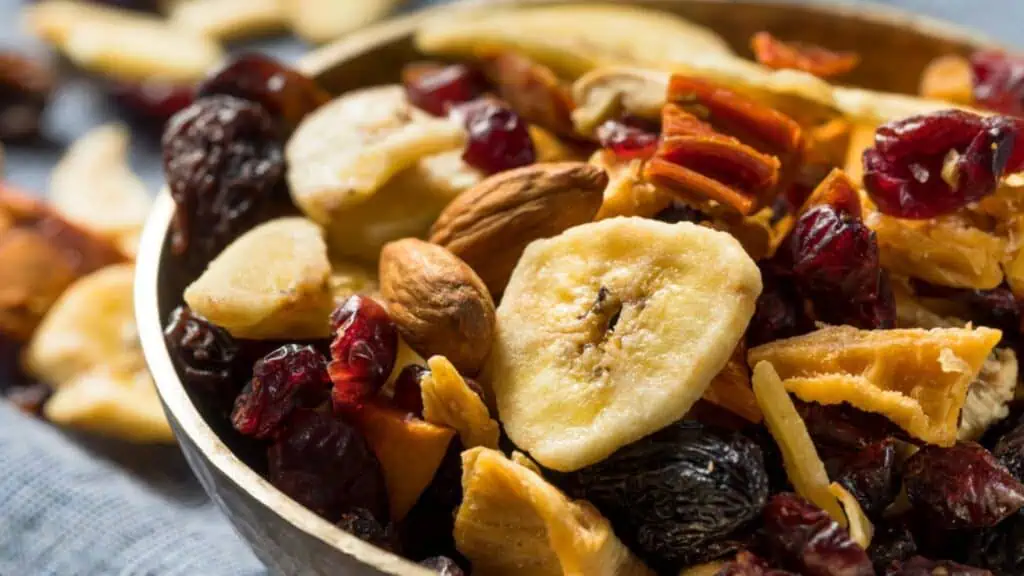
Trail mix can seem like a great snack for kids, loaded with healthy nuts, seeds, and dried fruit. However, certain brands are usually excessively sweetened with added sugar (or candy), which can make it as sugary as a candy bar.
Getting your kids to eat nuts is a great way to provide them with a great source of healthy fat; to reduce the sugar content, try making your own blends with nuts, seeds, and dried fruits (without added sugar).
2. Fruit Snacks

Sure, these brightly colored little snacks have the word “fruit” on the box, so they should be a healthy choice, right? Most of them are made with artificial colors, corn syrup, food coloring, and artificial flavors. They are the same as giving your kids gummy candy for snacks.
For a healthier snack alternative, try to give them whole fruit (fresh or frozen) or dried fruit without added sugars. If your kids love fruit snacks and won’t take no for an answer, look for brands with fruit as the first ingredient without added sugar, coloring, or flavors.
3. Granola Bars
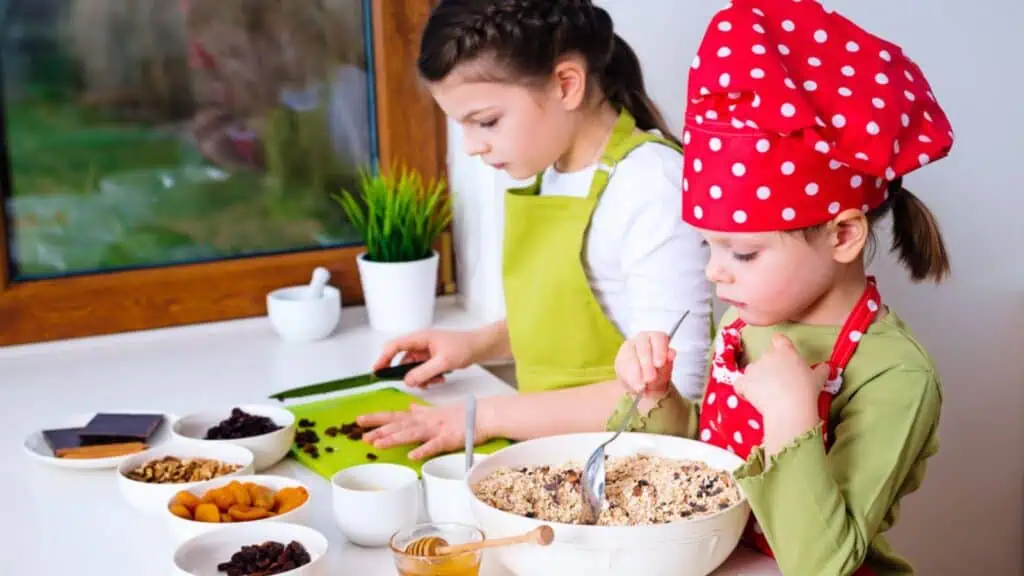
Granola, energy, and protein bars are somehow perceived as healthy. Yet, most of them are loaded with added sugar, unhealthy fats (such as canola or vegetable oil), and preservatives. Many labels look similar to a candy bar.
It’s best to read labels carefully and look for bars with whole ingredients like nuts, seeds, oats, and dried fruit without extra sugar or artificial sweeteners.
4. Cereal
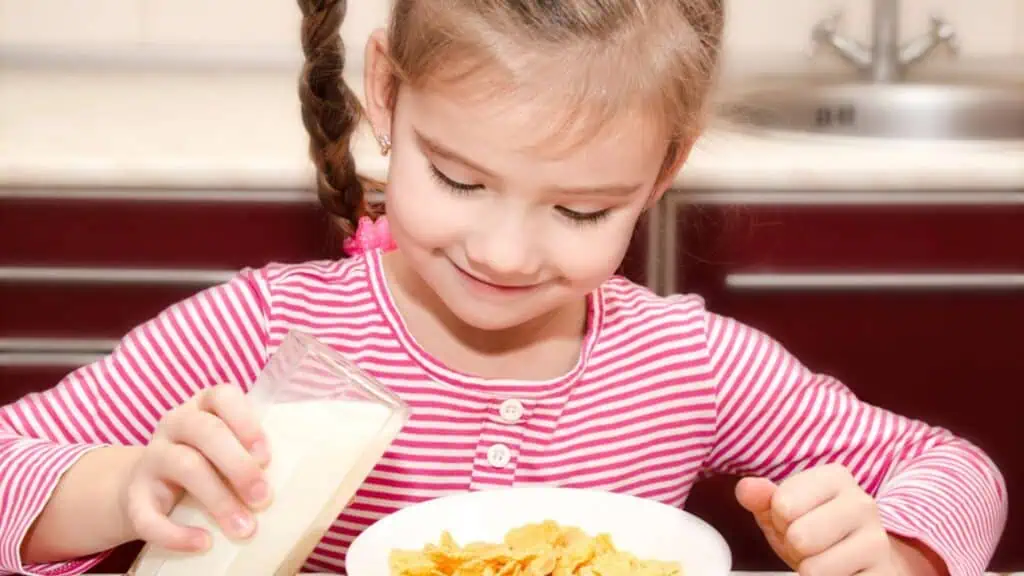
Cereal is usually a go-to, convenient option for a snack or breakfast. Did you know that most cereals “for kids” have sugar as the first or second ingredient? Yes, even the beloved toddler snack Cheerios is loaded with added sugar. All that extra sugar can lead to major energy and mood crashes for your kids during the day.
Swap sugary cereals for ones made with whole grains, nuts, seeds, or oats without added sugars or artificial sweeteners. To be honest, they’re hard to find, even from “healthier brands.” We stick to simple options like puffed rice and unsweetened shredded wheat.
5. Peanut Butter

A jar of peanut butter is a common staple in many households and is perceived as a healthy food. Still, most leading brands are loaded with added sugars, emulsifiers (to make the product smoother), preservatives, and unhealthy oils.
Look for nut butter made from nuts only (no added sugar), or make your own at home with roasted nuts. Natural peanut butter requires stirring and refrigeration, but it can be much healthier and is still just as tasty!
6. Crackers
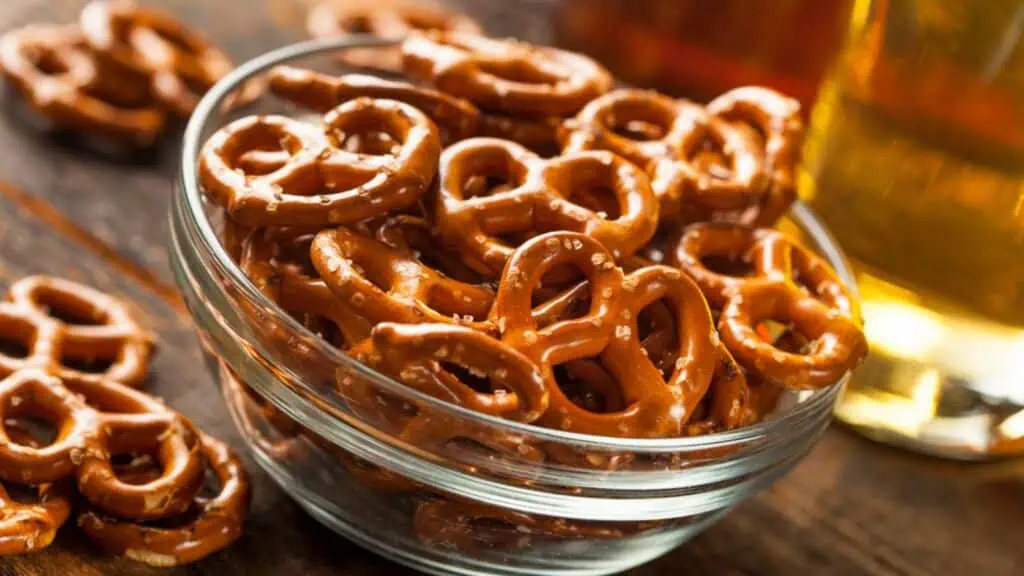
Crackers and other salty snacks (pretzels, veggie straws, etc.) are often perceived as a relatively healthy snack option for kids. However, many leading brands use hydrogenated oil (trans fat) to make them crunchy and contain added sugars or artificial sweeteners like maltodextrin.
Look for crackers with only a few ingredients on the label. Our personal favorite is organic Triscuits, which have only three basic ingredients. Plus, make sure to pair it with a source of protein or healthy fat, such as nut butter, whole-fat cheese, or hummus, to keep your kids full and energized throughout the day.
7. Fruit Juice and Other Kid Drinks

Fruit juices, flavored waters, and other kid-friendly drinks are often seen as healthy alternatives to soda. However, most of them contain added sugars or artificial sweeteners that can negatively affect your child’s health. Since juice lacks the fiber that a child would get from eating the fruit, this makes for a big dose of sugar for your little one’s body.
Avoid artificial drinks with no nutritional value, such as fruit punch and Capri Suns. Save juice as an occasional treat, making sure to choose one made with real fruit only. Or have fun with your kids at home making your own.
8. Fruit Pouches

Fruit pouches have become incredibly popular with kids and are an easy on-the-go option. Unfortunately- like fruit juice- many of them are made with added sugar, artificial colors, and flavors.
Look for pouches without unnecessary additives. Or, opt for homemade versions (aka a chunky smoothy) using fresh or frozen fruit. It’s easier than you think and can be made in batches!
9. Yogurt
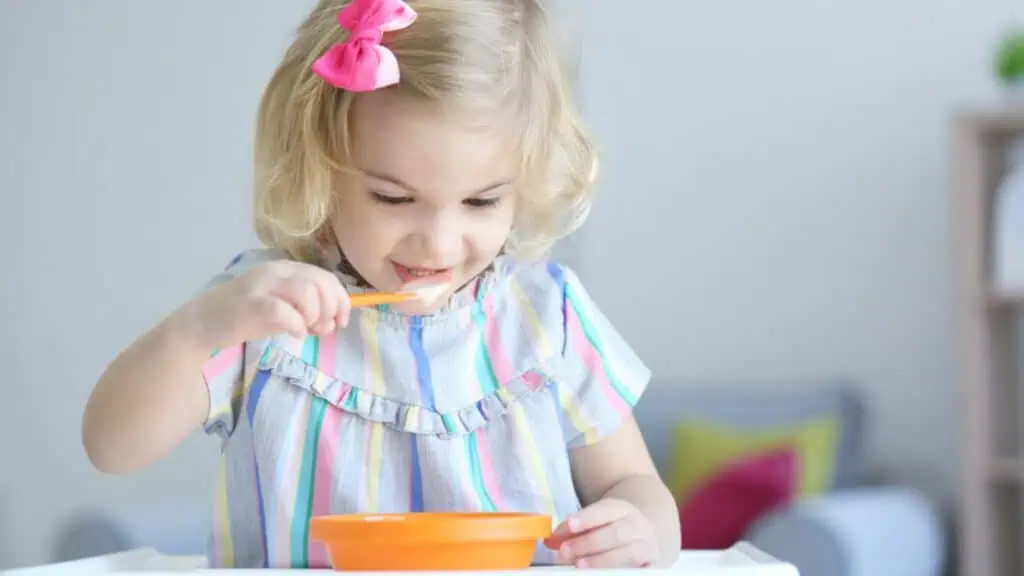
Yogurt is a good source of calcium, protein, and probiotics. However, many brands are fat-free (healthy naturally occurring fats are important for a child’s brain function) and are loaded with added sugar and other unhealthy ingredients. It’s often sold as a “healthy snack for kids,” but it can easily become unhealthy depending on your chosen brand.
Ditch the mainstream go-gurts and kid-friendly yogurt options that are pure sugar and chemicals. Instead, find a plain whole-fat yogurt to which you can add your favorite add-ins, like fresh fruit, nuts, cinnamon, and a dash of honey.
10. Graham Crackers
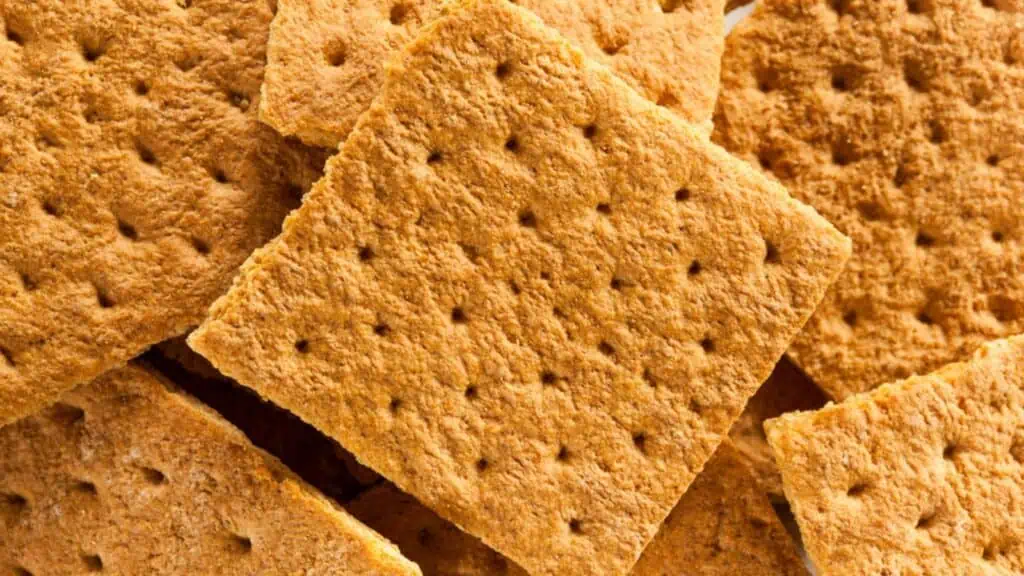
Graham crackers are often used as a snack or dessert for kids, but they may be worse than you think. Many leading brands use hydrogenated oils, plenty of added sugar, and artificial colors, flavors, and preservatives.
Look for ones made with whole-grain flour, natural sweeteners like honey or maple syrup, and no added artificial ingredients. Save these for an occasional sweet treat rather than a mainstay snack option.
11. Instant Oatmeal
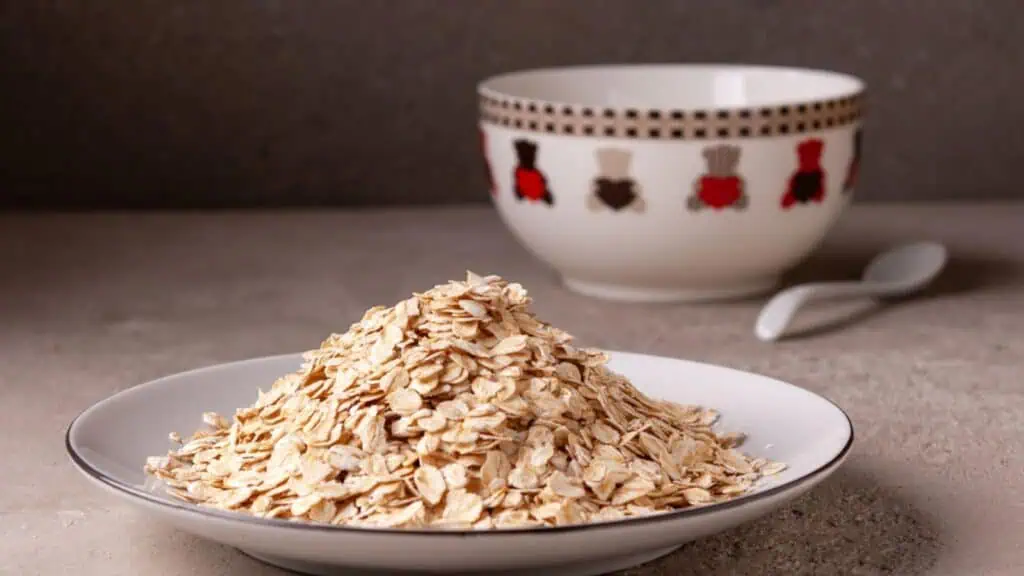
Adding hot water to an instant oatmeal pouch makes it an easy breakfast or snack option. Yet, like all of the other options on this list, it’s hiding a lot of added sugar and unhealthy ingredients.
Instead, opt for the traditional rolled or instant oats in a larger container with no added flavors. Then, add your favorite additions such as maple syrup, money, peanut butter, and fresh fruit.
12. Fruit Bars

Just like fruit pouches or anything that’s supposed to contain fruit, it’s best to double-check the label for hidden added sugars (cane sugar, corn syrup, etc.). These can be especially bad for kids’ teeth, too, since they tend to stick in the deep crevices of their molars.
Ditch the cheap granola parts with chocolate chips for a brand chock-full of nuts, seeds, and whole grains.
13. Pop Tarts
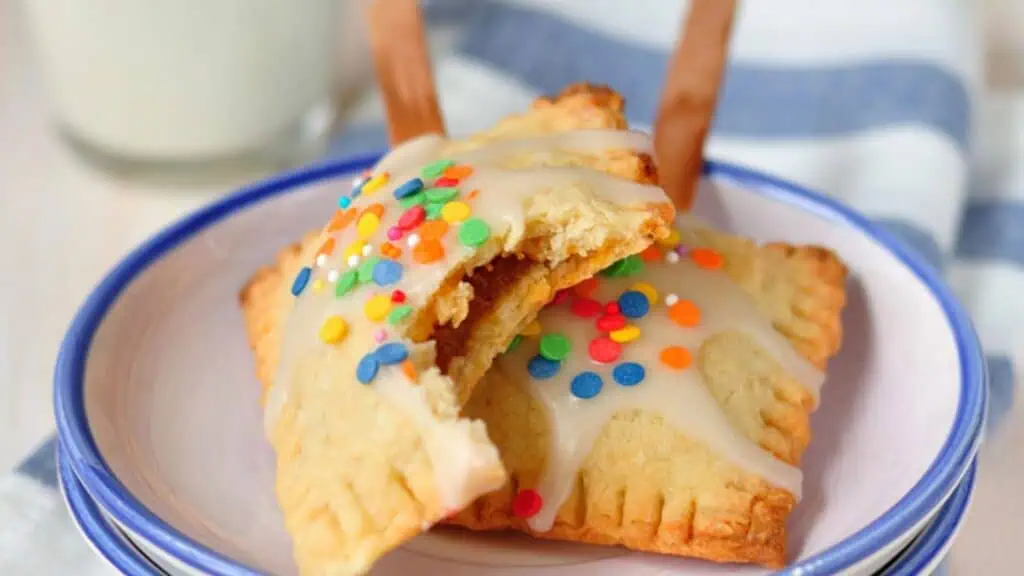
Pop tarts lack any real nutritional value for kids (and adults). They are packed with sugar, artificial flavors, and preservatives that guarantee a sugar spike.
If your kids want something sweet, you’re better off toasting whole-grain toast and adding natural jelly.
14. Soda and Sports Drinks

This should be an obvious one. Yet, many kids have soda or sports drinks (when they aren’t sweating and competing) as a regular staple in their diet. Liquid sugar filled with other questionable additives has no benefit for our kiddos.
If they like bubbles, try giving them some sparkling water with a splash of flavor (fresh juice, lemon, etc.).
15. Chips

This is another more obvious yet common junky snack food. Corn chips, potato chips, baked chips, pita chips- they’re all the same in reality. And some parents get duped into thinking other processed foods that aren’t “fried” are better- such as veggie straw and corn puffs. These are all simple carbs that get broken down quickly and give the body a big sugar spike.
If your child is craving something salty, see if they’ll try hummus or a homemade cheese dip, ideally with sliced veggies. If they just love salty snacks (who doesn’t?), look for ones free of added flavors and oils when possible.
Ultimately, there’s no need to stress over a child’s eating habits. Simply paying attention to labels and feeling empowered to choose a healthier option when possible can make all the difference.
20 Strong Words Parents Should Never Say to Their Kids

Countless adults sitting in a therapist’s office today are grappling with the lasting impact of words spoken by their parents during childhood. Regardless of how you perceive yourself, in your child’s eyes, you are nothing short of the most remarkable thing to happen to them since “skip intro.” This underscores the critical importance of being mindful of what you say to your children, as your words become the small but influential voice in their developing minds.
20 Strong Words Parents Should Never Say to Their Kids
Shop Smart, Save Big: 40 Frugal Grocery Shopping Hacks

Looking to save money at the grocery store? Groceries are a big part of any household food budget, so it’s a good place to learn how to save money.







